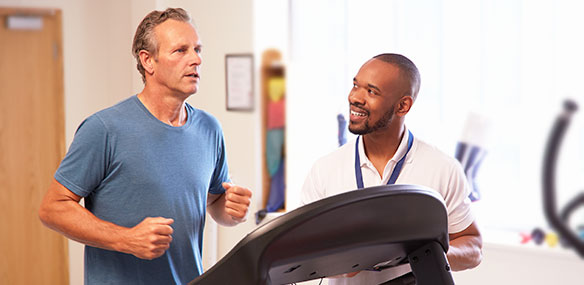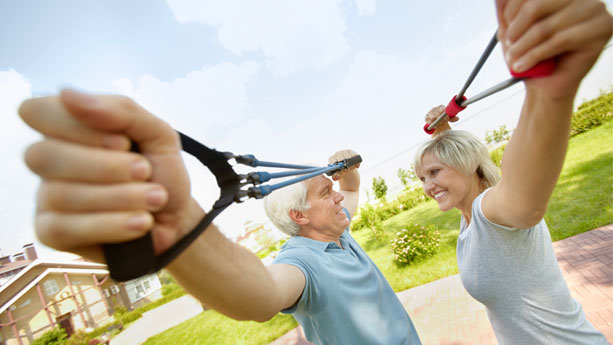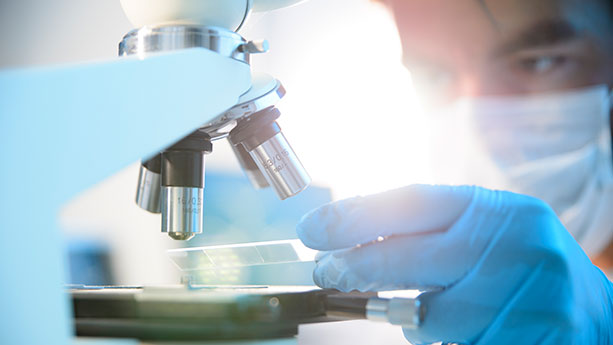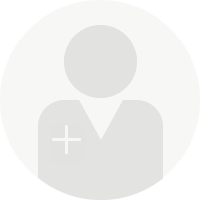California Pacific Medical Center’s cardiac rehabilitation program of exercise and education helps you manage heart-related conditions, reduce your risk for cardiovascular disease, and improve your overall physical fitness and health.
As one of only two cardiac rehabilitation programs in San Francisco, our center cares for more than 400 individuals each year and is certified by the American Association for Cardiovascular and Pulmonary Rehabilitation. Our cardiac rehab program is conducted by highly-skilled teams of experienced cardiovascular specialists that include cardiologists, registered nurses, physical therapists, exercise physiologists, registered dieticians, psychologists and social workers.
You may be referred to cardiac rehab after having:
- Angioplasty or stent replacement
- Bypass or heart surgery
- Heart transplant
- Valve repair or replacement
Your doctor may also recommend cardiac rehab if you are at risk for or have had a heart attack, heart disease, heart failure or angina.
There are four phases in the cardiac rehab program. How much time you spend participating in any one phase will depend on your health and how your heart responds.
Phase I
Phase I is an inpatient program that typically takes place after you are hospitalized for a heart problem. The goal is to gradually increase your strength, and if you had a heart transplant, avoid rejection of your new heart. You’ll learn what you can do to lower your risk of heart problems in the future.
Phase II
If you were in the hospital, Phase II aims to help you easily transition from hospital to home. It emphasizes an exercise program specifically developed to help you get stronger and become more active. You’ll learn how to maintain your health and how to take care of your incisions.
Phase III
Your individual exercise program in Phase III focuses on strengthening, stretching, flexibility and aerobics. Your heart rate, blood pressure and other vitals are monitored while you exercise and your progress is tracked. You’ll learn how to monitor your own heart rate and how to adopt lifestyle changes for better heart health.
Phase IV
This is the minimally supervised, non-monitored maintenance phase of cardiac rehab. You’ll learn how to make long-term lifestyle changes to your everyday life that will lower the risk of future heart problems. The changes may include exercise routines, weight management, stress management, changes to your diet and quitting smoking.
Your doctor may refer you for one or more phases, depending on your medical history, cardiovascular needs and diagnostic test results.
Cardiac Rehabilitation
2360 Clay Street
San Francisco, CA 94115
(415) 600-3361
(415) 600-1119 fax
Monday – Friday, 8:00 am to 4:30 pm
Closed weekends and holidays














